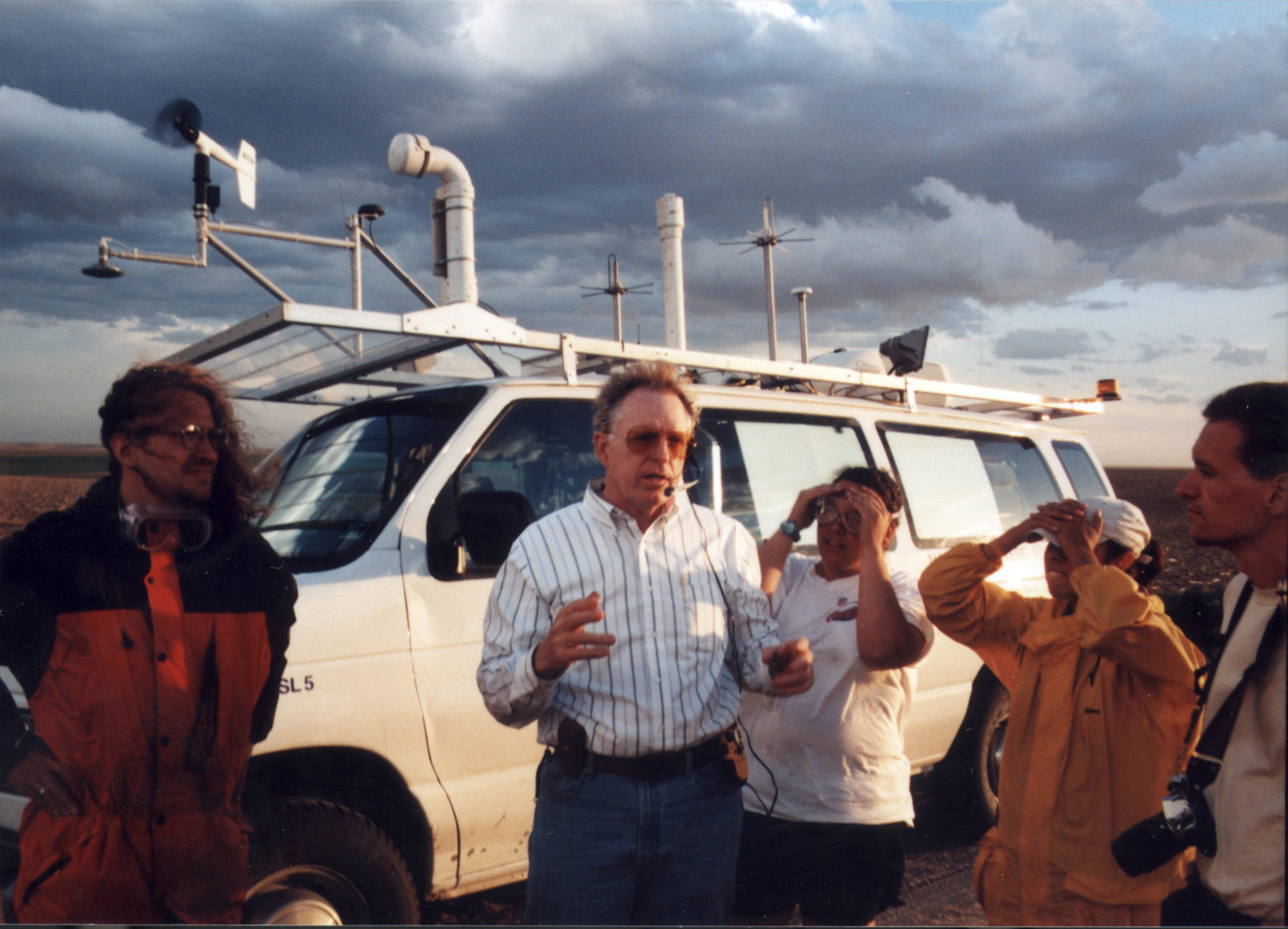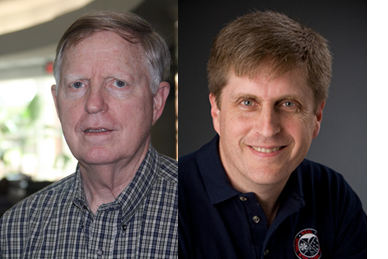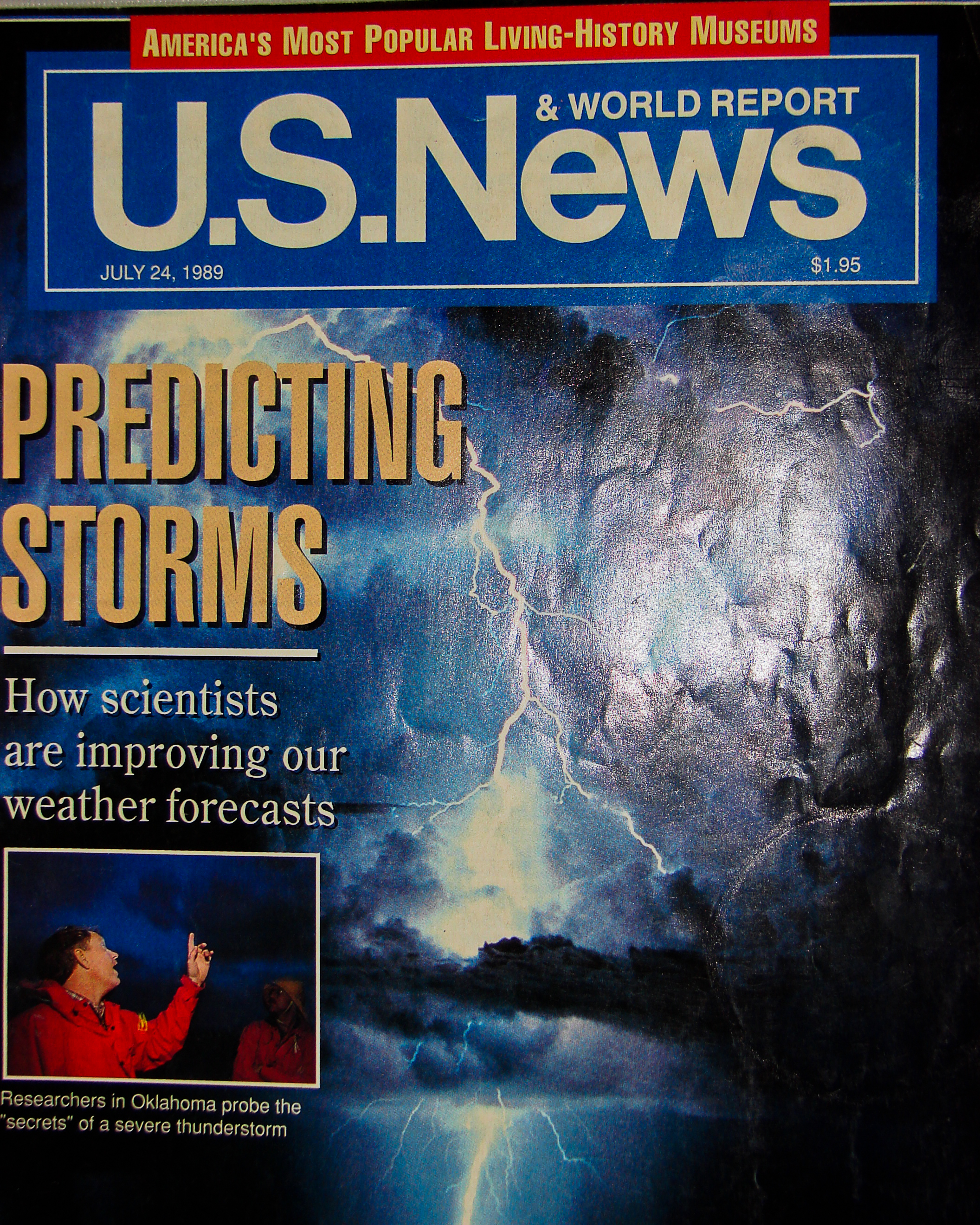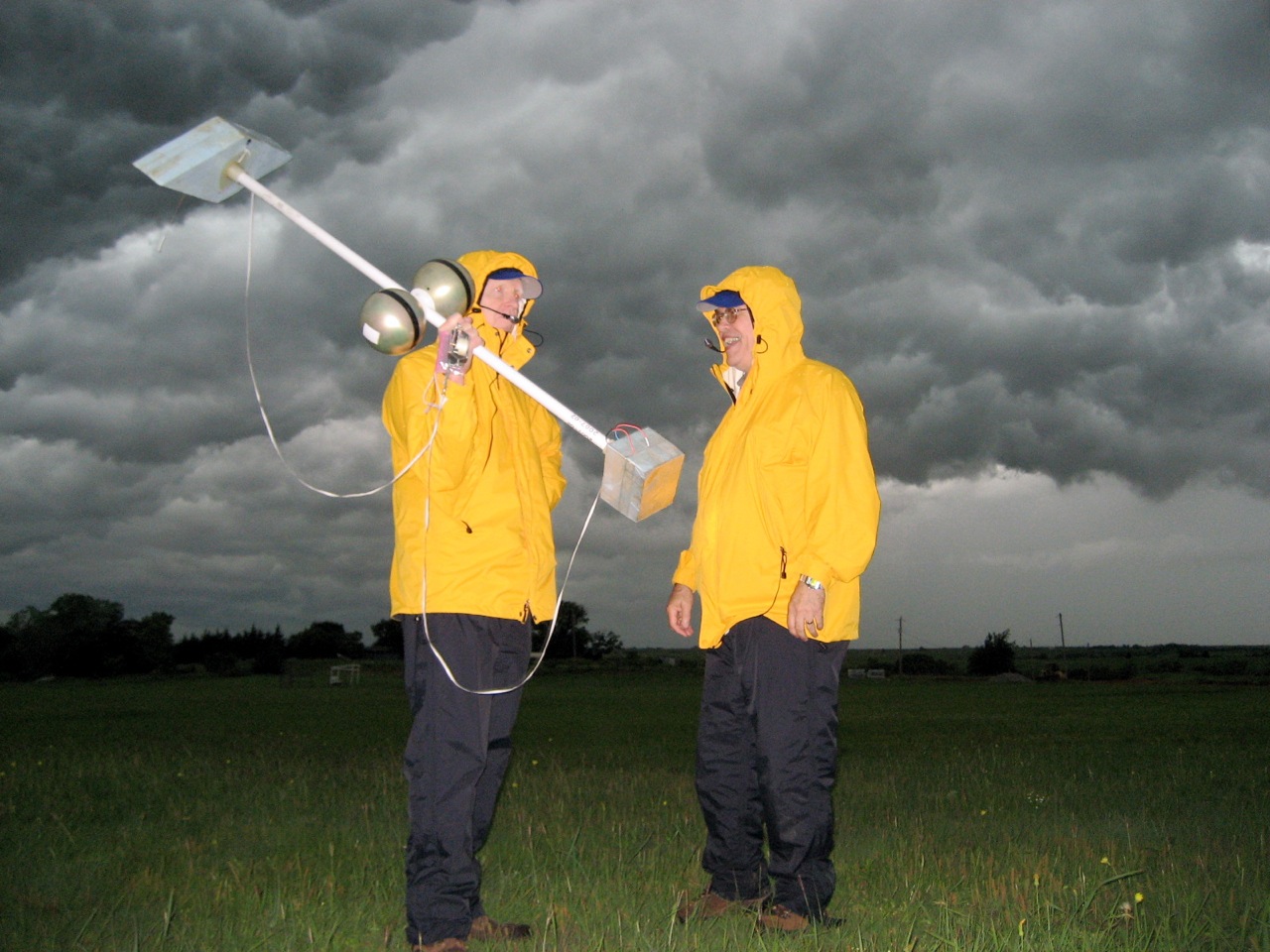We are saddened to announce the death of one of the NOAA National Severe Storms Laboratory’s renowned scientists who made significant and revolutionary contributions to thunderstorm science. David “Dave” Rust, NSSL scientist emeritus, passed away surrounded by family on Monday, May 8, 2017.
A physicist and observational scientist, Rust pioneered creative ways to measure storms for more than 35 years until his retirement from NSSL in 2010. From mobile laboratories to instrumented storm-penetrating balloons, Rust’s measurements have shaped our present understanding of how storms become charged and produce lightning.
“I have always been in awe of nature,” said Rust in 2011 as he recalled lying on his front lawn in New Braunfels, Texas, watching the changing shapes of summertime cumulus clouds. He was an only child who loved to study, tinker and build.

It was during graduate school at New Mexico Institute of Mining and Technology in Socorro, New Mexico, that Rust stumbled into the field of atmospheric electricity. He was measuring radon flow in mountain canyons for his master’s work, but found something magical about the weather. In his spare time he helped with thunderstorm projects, eventually moving his research into atmospheric electricity. His doctoral dissertation became the foundation of his career: the electrical conditions near the bases of thunderclouds using measurements from a tethered balloon.
As a postdoctoral fellow in Boulder, Colorado, he used “free-ballooning” to measure the electric field inside thunderstorms. He continued this work at NSSL, where he directed a fleet of mobile research facilities (excluding mobile radars) for decades. Beginning with the mobile lab he helped build at NSSL out of an old Suburban truck in 1979, the armada now includes mobile ballooning facilities, field coordination vehicles, mobile mesonet vehicles and mobile radars.
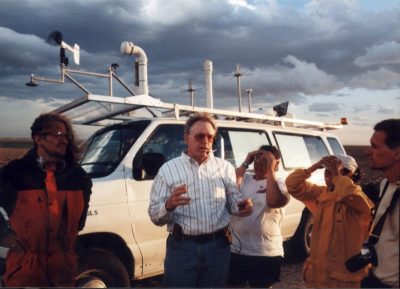
Rust saw the value in going out to find the storms rather than waiting for them to come to NSSL. Countless other scientists and research projects have benefited from the ability to measure temperature, pressure, dew point, wind speed and direction, the electric field, and even return stroke velocities in a storm.
“I get a great deal of satisfaction supporting other research,” he said in 2014.
Rust co-wrote a graduate level textbook with NSSL’s Don MacGorman, “The Electrical Nature of Storms.” A review by a colleague said, “The book is clearly the best compilation of material on storm electricity that exists today.” He has also advised and mentored numerous graduate students over the years.
Rust lead the way in many endeavors, including becoming the first NSSL scientist to receive the honor of being elected Fellow of the American Geophysical Union in 2014. Established in 1962, the Fellows program recognizes AGU members who have attained acknowledged eminence in the Earth and space sciences as valued by their peers and vetted by a Union-wide committee of Fellows.
In lieu of flowers, the family is requesting donations be made in Dave Rust’s name to the Parkinson Foundation of Oklahoma City and the Oklahoma Chapter of the Juvenile Diabetes Research Foundation. For his full obituary, visit The Norman Transcript.

